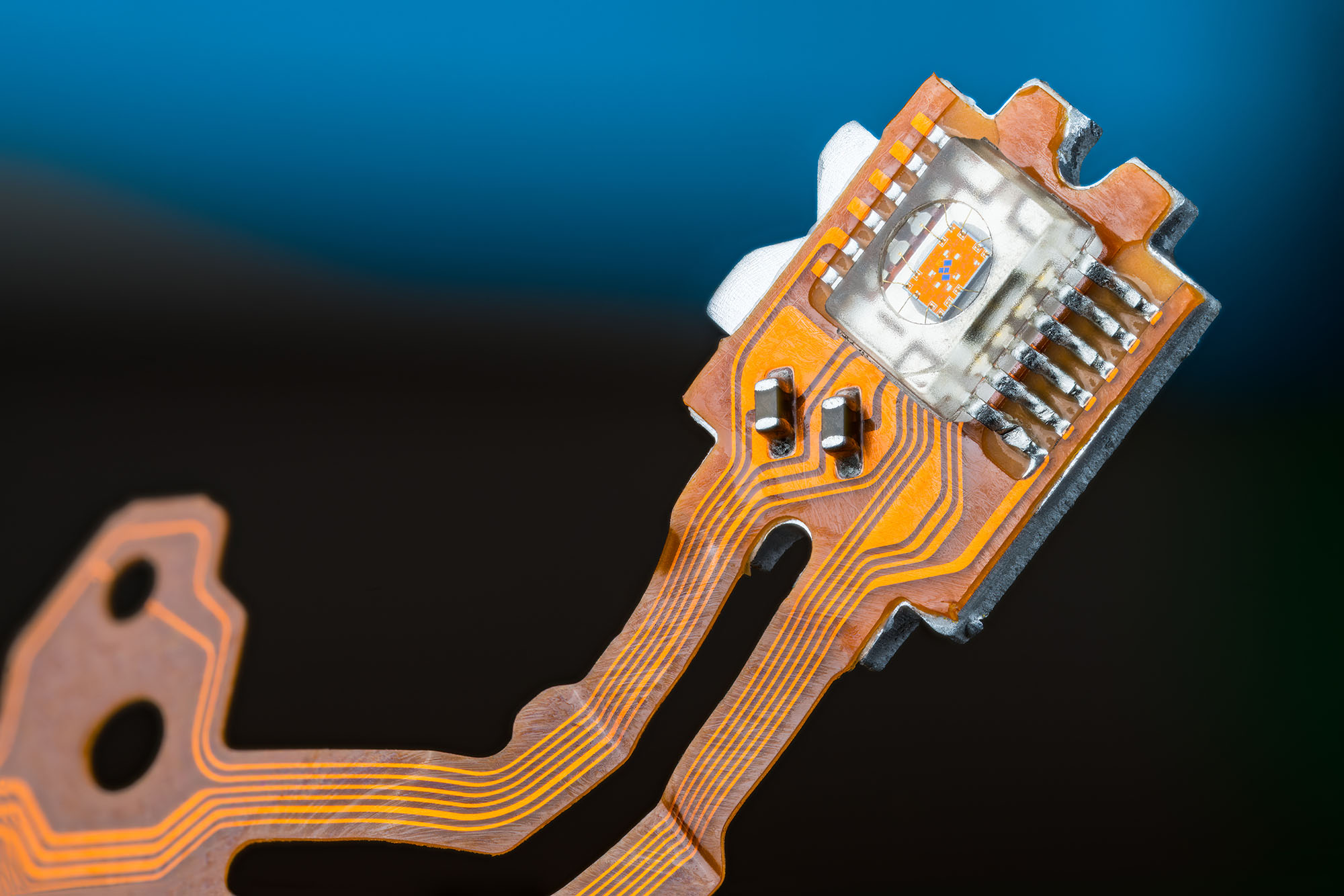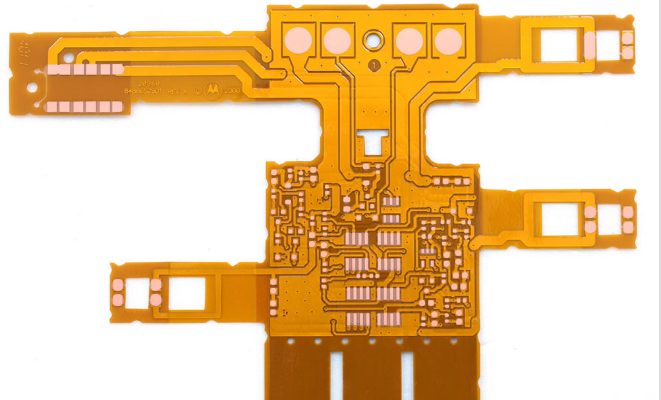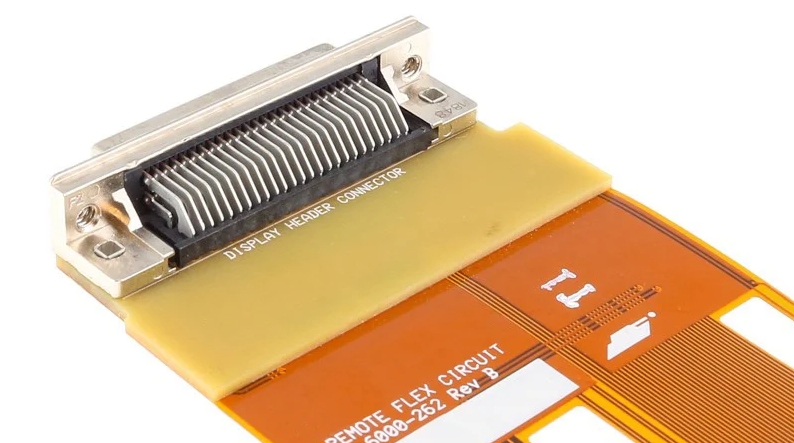When it comes to designing and manufacturing flexible printed circuit boards (flex PCBs), ensuring reliable connections is critical for performance and durability. Flex PCB connectors play a vital role in maintaining electrical and mechanical integrity, especially under the unique challenges posed by flexible circuits. To achieve this reliability, compliance with industry standards like IPC-6013 is essential. This standard provides detailed guidelines on connection requirements, material specifications, and quality assurance for flex PCBs.
In this comprehensive guide, we’ll explore the importance of flex PCB connectors, dive into IPC-6013 connection requirements, and discuss best practices for flexible circuit termination and connector selection to ensure reliability. Whether you’re an engineer or a designer working on cutting-edge electronics, this blog will provide actionable insights to help you achieve robust and compliant designs.
What Are Flex PCB Connectors and Why Are They Important?
Flex PCB connectors are specialized components designed to establish electrical connections between flexible circuits and other electronic components or systems. Unlike rigid PCBs, flex PCBs are subject to bending, twisting, and dynamic movement, which places unique demands on connectors. These connectors must maintain consistent electrical performance while enduring mechanical stress over time.
The importance of reliable flex PCB connectors cannot be overstated. Poor connector selection or improper termination can lead to signal loss, intermittent connections, or complete failure of the circuit. In applications like wearable devices, medical equipment, or automotive systems, such failures can have serious consequences. By adhering to standards like IPC-6013, manufacturers can ensure that connectors meet the necessary quality and performance benchmarks for long-term reliability.

Understanding IPC-6013 Connection Requirements for Flex PCBs
IPC-6013 is the industry standard for the qualification and performance of flexible and rigid-flex printed boards. Published by the Institute of Printed Circuits (IPC), it provides detailed specifications to ensure the quality and reliability of flex PCBs, including connection requirements. Let’s break down the key aspects of IPC-6013 that relate to connectors and terminations.
1. Material Specifications
IPC-6013 outlines the types of materials that should be used for flex PCB connectors and terminations. This includes requirements for conductive materials, insulation, and protective coatings. For instance, the standard emphasizes the use of high-quality copper for conductive paths to minimize resistance and ensure signal integrity. It also specifies that connectors must withstand environmental factors like humidity and temperature fluctuations, often recommending materials with thermal stability up to 125°C or higher for certain applications.
2. Plating and Surface Finish
The standard provides strict guidelines on plating thickness and surface finishes for connector contacts. For example, gold plating is often recommended for connector pins due to its excellent conductivity and corrosion resistance. IPC-6013 typically requires a minimum gold plating thickness of 0.8 micrometers for high-reliability applications to prevent wear during repeated mating cycles (up to 10,000 cycles in some cases).
3. Mechanical and Electrical Testing
IPC-6013 mandates rigorous testing to validate the performance of connectors under mechanical stress and electrical load. This includes tests for flex endurance, where connectors are subjected to repeated bending cycles (often exceeding 100,000 cycles for dynamic flex applications), and electrical continuity tests to ensure minimal signal loss, typically targeting impedance values below 50 milliohms for critical connections.
By following these requirements, manufacturers can produce flex PCBs with connectors that meet the high standards needed for reliable operation in demanding environments.

Flexible Circuit Termination: Best Practices for Reliability
Flexible circuit termination refers to the methods used to connect a flex PCB to other components, such as through connectors, soldering, or crimping. Proper termination is crucial for maintaining electrical performance and mechanical stability. Here are some best practices to ensure reliable terminations in compliance with IPC-6013.
1. Choose the Right Termination Method
There are several termination methods for flex circuits, including zero-insertion-force (ZIF) connectors, board-to-board connectors, and direct soldering. ZIF connectors, for example, are ideal for applications requiring frequent mating and unmating, as they reduce wear on the flex circuit. IPC-6013 recommends evaluating the termination method based on the expected number of mating cycles and environmental conditions. For high-vibration environments, reinforced terminations with strain relief are advised to prevent cracking or delamination.
2. Ensure Proper Alignment and Contact
Misalignment during termination can lead to poor contact and signal degradation. IPC-6013 stresses the importance of precise alignment during assembly, often requiring tolerances as tight as ±0.1 mm for connector placement. Using automated assembly equipment with vision systems can help achieve this precision, reducing the risk of connection failures.
3. Protect Against Mechanical Stress
Flex circuits are prone to mechanical stress at termination points due to bending or pulling forces. To mitigate this, IPC-6013 suggests incorporating strain relief features, such as adhesive backing or additional layers of material near the termination area. This can reduce stress concentration and extend the lifespan of the connection by up to 30% in dynamic applications.

Connector Selection for Flex PCBs: Key Factors to Consider
Selecting the right connector for a flex PCB is a critical step in ensuring reliability. With countless options available, it’s important to consider several factors to match the connector to the specific needs of your application while adhering to IPC-6013 guidelines.
1. Electrical Performance
Connectors must support the electrical requirements of the circuit, including current carrying capacity and signal integrity. For high-speed applications, connectors with low signal loss (below 0.5 dB at frequencies up to 5 GHz) are essential. IPC-6013 recommends testing connectors for impedance matching to prevent reflections and ensure stable data transmission.
2. Mechanical Durability
The connector must withstand the mechanical demands of the application, such as bending or vibration. For dynamic flex applications, connectors rated for at least 100,000 flex cycles are often necessary. IPC-6013 provides guidelines for testing mechanical durability, ensuring that connectors maintain performance over their expected lifespan.
3. Environmental Resistance
Environmental factors like temperature, humidity, and chemical exposure can degrade connector performance. IPC-6013 advises selecting connectors with appropriate ratings, such as those that can operate in temperatures ranging from -40°C to 85°C for automotive applications. Materials with corrosion-resistant finishes, like nickel or gold plating, are also recommended.
4. Size and Form Factor
In compact devices, space is often limited, requiring small, low-profile connectors. IPC-6013 emphasizes the importance of balancing size with performance, ensuring that connectors fit within the design constraints without compromising reliability. For instance, connectors with a pitch as small as 0.5 mm are commonly used in wearable electronics.
By carefully evaluating these factors, designers can select connectors that meet both the functional and regulatory requirements of their flex PCB projects.
Challenges in Achieving Reliable Flex PCB Connections
Despite best practices, achieving reliable connections in flex PCBs can present several challenges. Understanding these issues and how to address them is key to successful design and manufacturing.
1. Signal Integrity Under Flexing
Repeated bending can cause micro-cracks in conductive traces or connectors, leading to signal loss. To mitigate this, IPC-6013 recommends using rolled annealed copper for better flexibility and designing connectors with redundant contact points to maintain continuity even if one point fails.
2. Thermal Expansion Mismatch
Different materials in a flex PCB and connector may expand or contract at different rates under temperature changes, leading to stress at connection points. IPC-6013 suggests matching the coefficient of thermal expansion (CTE) of materials as closely as possible, often targeting a CTE difference of less than 10 ppm/°C to minimize stress.
3. Assembly Errors
Improper assembly techniques, such as over-tightening screws or misaligning connectors, can damage flex circuits. Following IPC-6013 assembly guidelines, including torque specifications for screws (typically 0.5-1.0 Nm for small connectors), can prevent such issues.
Addressing these challenges through careful design, material selection, and adherence to standards ensures that flex PCB connections remain reliable over time.
How Compliance with IPC-6013 Enhances Reliability
Compliance with IPC-6013 is more than a regulatory requirement—it’s a pathway to achieving superior reliability in flex PCB designs. By following the standard’s guidelines on materials, testing, and assembly, manufacturers can reduce failure rates by as much as 25%, according to industry studies. This translates to fewer returns, lower costs, and greater customer satisfaction.
For engineers, working with a manufacturing partner that prioritizes IPC-6013 compliance means peace of mind. It ensures that every flex PCB, from prototype to production, meets the highest standards for connector performance and durability.
Conclusion: Building Reliable Flex PCB Connections with IPC-6013
Flex PCB connectors are the backbone of reliable electrical connections in flexible circuits, especially in applications where performance and durability are non-negotiable. By understanding and adhering to IPC-6013 connection requirements, engineers and designers can ensure that their flex PCBs meet the highest standards of quality and reliability. From selecting the right connector to implementing best practices for flexible circuit termination, every step plays a crucial role in the success of the final product.
At ALLPCB, we are committed to supporting your flex PCB projects with manufacturing solutions that align with industry standards like IPC-6013. Whether you’re working on a complex wearable device or an automotive system, our expertise and resources are here to help you achieve reliable, high-performance connections. Start your next project with confidence, knowing that every detail, from connector selection to final assembly, is optimized for success.
 ALLPCB
ALLPCB







